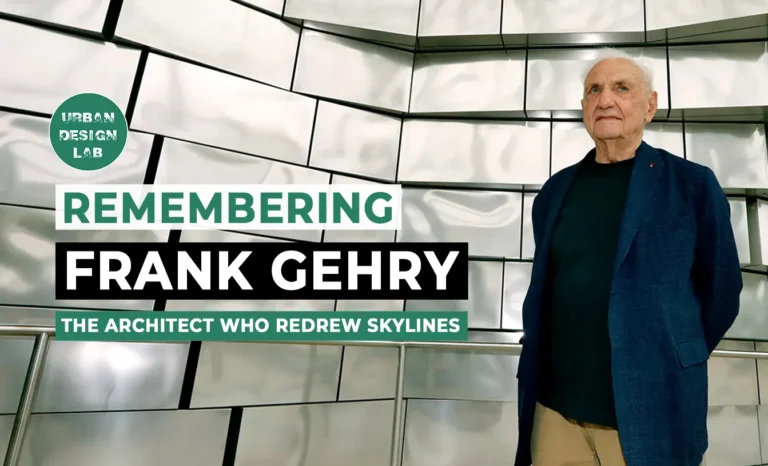
Social Capital Theory in Urban Design
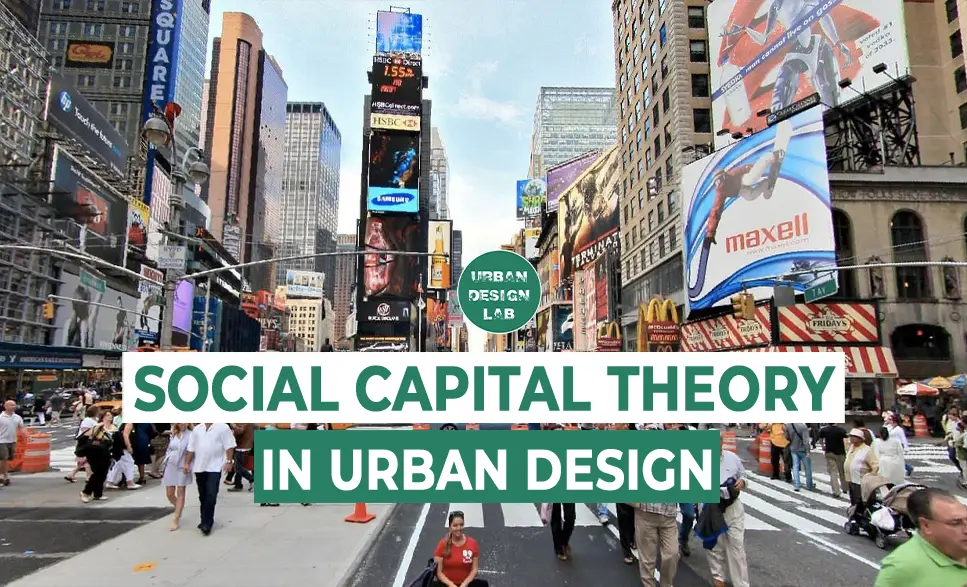
Urban design plays a pivotal role in shaping how communities interact, connect, and thrive. Central to this is the Social Capital Theory in Urban Design, which emphasizes the importance of trust, reciprocity, social networks, and civic engagement within urban environments. Thoughtful planning can either foster or hinder these crucial social connections.
Successful examples worldwide—such as New York City’s High Line, Curitiba in Brazil, and the Vauban district in Freiburg, Germany—demonstrate how intentional urban design enhances social capital. These cases illustrate how well-designed public spaces, efficient transportation systems, and community-oriented developments contribute to stronger social networks and more resilient communities.
The relationship between physical spaces and social behavior underscores the necessity of designing urban environments that encourage interaction and inclusivity. Public spaces, in particular, serve as communal areas where diverse groups can connect, reinforcing social cohesion and trust. By prioritizing accessibility and inclusivity, urban planners can create environments that foster a sense of belonging, ultimately leading to more connected and resilient urban communities.
Understanding and applying Social Capital Theory in Urban Design is essential for building cities that not only function efficiently but also nurture the social fabric that binds communities together. As urban populations continue to grow, the role of urban design in promoting social capital becomes increasingly significant, highlighting the need for strategies that bolster community engagement and trust.
Introduction
Urban design has long been a field that seeks to balance the physical structure of cities with the social needs of their inhabitants. As urbanization continues to shape the modern world, understanding the social dimensions of urban spaces has become increasingly important. One key dimension is social capital—a concept that has evolved over time and is now integral to discussions on community, trust, and networks within urban environments. Social capital theory, though more commonly associated with sociology and political science, offers valuable insights for urban design. It provides a framework for understanding how the design of urban spaces can foster or hinder social connections, community engagement, and collective action.
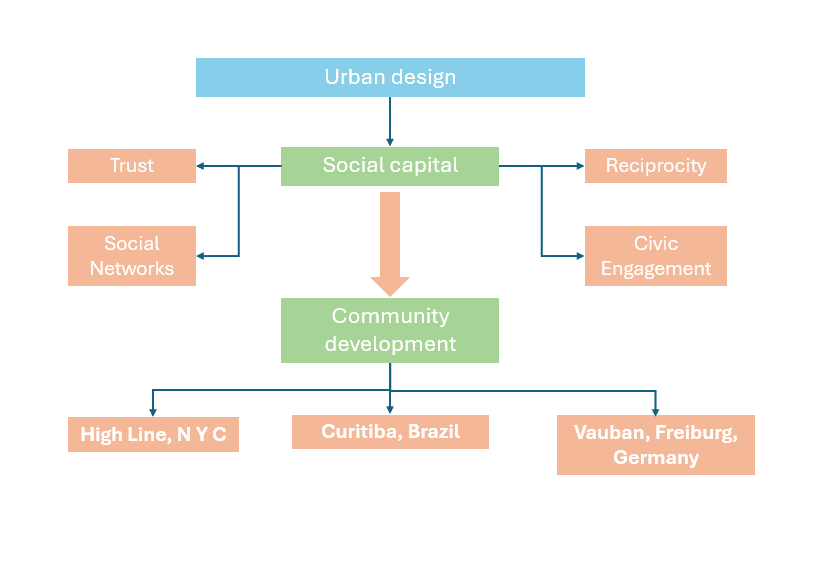
Source: author
Historical Context
The historical roots of social capital theory can be traced back to the works of sociologists like Émile Durkheim and political scientists like Robert Putnam. These scholars explored the importance of social networks and civic engagement in creating cohesive communities. In the context of urban design, the application of social capital theory helps examine how the built environment influences the formation and maintenance of social networks. As cities grow denser and more diverse, the need for urban spaces that promote social interaction and community cohesion becomes increasingly vital.
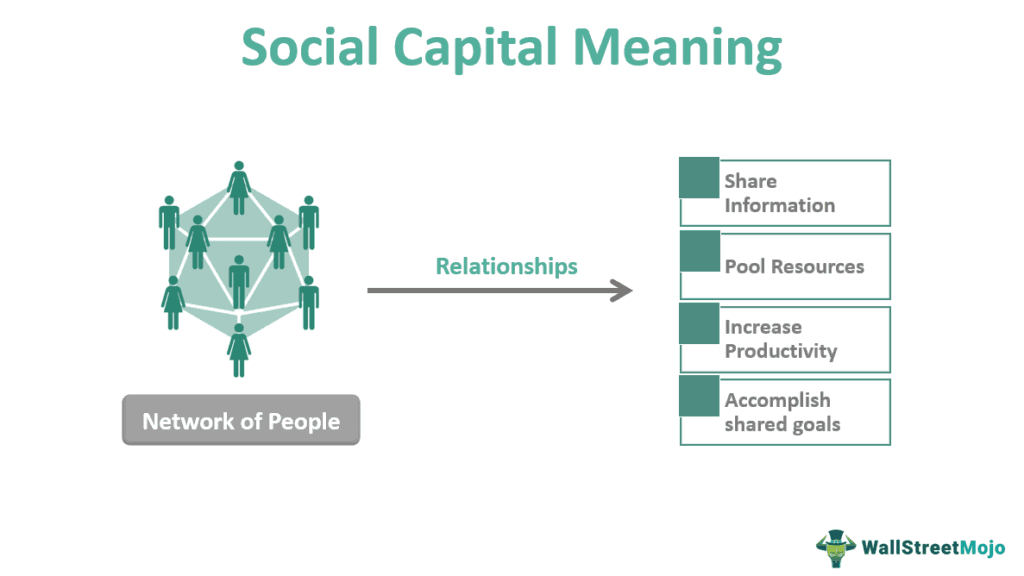
Source: Website Link
Theoretical Framework
Social capital theory emphasizes the value of social networks in providing individuals and groups with resources, support, and information that improve their quality of life. In urban design, this theory suggests that a city’s physical layout can either enhance or hinder the development of social capital.
Key components include:
- Trust: Urban spaces like parks and plazas can foster trust among residents by encouraging interaction.
- Reciprocity: Well-designed areas create opportunities for mutual exchange and support within communities.
- Social Networks: The design of urban environments can strengthen social networks by promoting social interaction.
- Civic Engagement: Spaces for public gatherings and events can enhance civic participation and contribute to the public good.
Applying social capital theory in urban design involves structuring physical spaces to promote trust, reciprocity, strong social networks, and civic engagement, thereby fostering a more connected and resilient community.
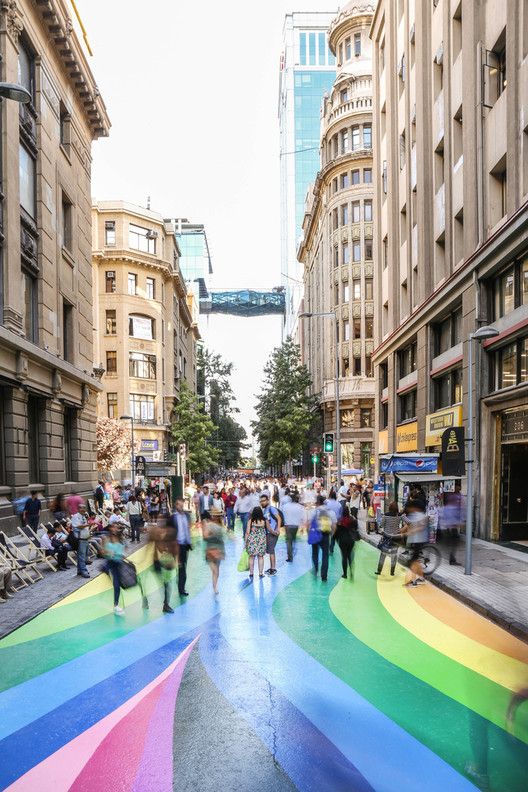
Case Studies
1.The High Line: Revitalizing New York City’s Urban Landscape
The High Line—a 1.45-mile-long elevated linear park in Manhattan—serves as a prime example of repurposed urban infrastructure. Originally an abandoned railway line, it has been transformed into a vibrant public space that seamlessly blends nature, art, and social gathering areas. The park’s innovative design encourages social interaction through its thoughtfully placed seating areas, meandering walking paths, and dynamic public art installations. Since its opening, the High Line has attracted millions of visitors annually, becoming a major tourist destination and stimulating economic development in the surrounding neighborhoods of Chelsea and the Meatpacking District. The park regularly hosts community events, performances, and educational programs, fostering social networks and civic participation. Its success has inspired similar urban revitalization efforts worldwide, highlighting the potential of creative urban design in enhancing social capital.
2. Curitiba: Pioneering Sustainable Urban Mobility and Inclusion
Curitiba, the capital of Brazil’s Paraná state, is renowned for its pioneering Bus Rapid Transit (BRT) system, which has become a model for cities globally. Designed not only as an efficient transportation solution but also to promote social inclusion, the BRT system has revolutionized urban mobility by providing accessible and affordable transportation for residents of all income levels. The city’s commitment to sustainability extends beyond transportation. Curitiba boasts extensive green spaces, pedestrian-friendly streets, and mixed-use developments that encourage social interaction and community engagement. Initiatives like the “green exchange” program, where residents trade recyclable waste for fresh produce, build trust and reciprocity among citizens. These elements collectively enhance the city’s social fabric, earning Curitiba international acclaim, including the Sustainable Transport Award and recognition from the United Nations for its urban planning innovations.
3. Vauban: A Blueprint for Sustainable Community Living in Freiburg
Vauban, a district in Freiburg, Germany, epitomizes sustainable urban design with a strong focus on community and environmental responsibility. Established on a former military base, Vauban features car-free streets, energy-efficient housing, communal gardens, and shared public spaces that promote walkability and reduce environmental impact. The district’s layout encourages residents to engage with one another, fostering robust social networks and civic engagement. Community participation was integral to Vauban’s development, with future residents involved in the planning process to ensure the neighborhood met their needs and values. The emphasis on sustainable living is further reflected in the widespread use of solar energy and the implementation of passive house standards, significantly reducing the community’s carbon footprint. Vauban’s success in creating a strong sense of community and high levels of social capital among residents has made it a model for eco-friendly urban development worldwide. It demonstrates how sustainable design principles can be effectively integrated with strategies to enhance social cohesion.

Source: author
The Interaction Between Physical Space and Social Behavior
Social capital theory suggests that the physical environment significantly impacts social behavior, influencing the development of social capital. Urban design goes beyond constructing buildings and infrastructure; it’s about creating environments that foster human interaction and community development. Public spaces, neighborhood organization, and transportation layouts play key roles in how people connect.
Urban areas designed with social capital in mind prioritize accessibility, inclusivity, and safety, encouraging spontaneous interactions through features like public seating and communal spaces. Mixed-use developments promote frequent social interactions by combining residential, commercial, and recreational spaces, strengthening social ties.
Proximity is crucial in this theory, as close living and easy access to amenities can enhance community interactions. However, urban design must balance social interaction with personal space to avoid overcrowding. A human-centered approach to urban design recognizes the built environment’s role in shaping social relationships, helping to build resilient and connected communities.

The Role of Public Spaces in Building Social Capital
Public spaces are foundational to the development of social capital in urban environments, acting as the physical infrastructure that underpins a community’s social fabric. Research has shown that well-designed public spaces encourage interactions among diverse groups, which is essential for building trust and social networks (Whyte, 1980; Gehl, 2011). These spaces serve as communal areas where people can meet, converse, and participate in shared activities, all of which contribute to the accumulation of social capital (Putnam, 2000).
For instance, Jan Gehl’s work on public life and public space design emphasizes the importance of creating environments that invite people to linger and engage with one another. Gehl (2011) argues that urban design should prioritize human-scale spaces that promote social interaction. Elements such as comfortable seating, pedestrian-friendly pathways, and well-maintained green spaces are not just aesthetic choices but strategic decisions aimed at fostering community ties (Lennard & Lennard, 1995). The presence of these features in public spaces can transform them into vibrant social hubs, as demonstrated in the successful redevelopment of urban squares like Bryant Park in New York City.
Social Capital and Urban Resilience
Social capital is vital for urban resilience, helping cities adapt and recover from crises like natural disasters and economic shocks. Communities with strong social networks and high trust are more effective in crisis response, as these networks facilitate information exchange, resource distribution, and mutual aid. Resilient communities often have robust interpersonal relationships and a strong sense of identity, which can be enhanced through urban design. The concept of “social infrastructure,” including libraries, community centers, and parks, supports these networks by providing spaces for civic engagement and collective action. For example, after Hurricane Sandy, neighborhoods with strong social infrastructure were quicker to recover, highlighting the crucial link between social capital and urban resilience. This emphasizes the need for urban design that nurtures both physical and social needs
Inclusivity in Urban Design and Social Capital
Inclusivity in urban design is critical for fostering social capital, as it ensures that all community members, regardless of their background, can participate in social and civic life. Research indicates that inclusive public spaces contribute to higher levels of social cohesion and trust by enabling interactions across different demographic groups . The principles of inclusive design advocate for spaces that are accessible, safe, and welcoming to all, thereby reducing social barriers and promoting broader social networks .
One approach to promoting inclusivity in urban design is through the creation of mixed-income housing developments, which have been shown to reduce social segregation and encourage interactions between people from diverse economic backgrounds. Similarly, accessible public transportation systems can connect disparate neighborhoods, facilitating social interactions and civic engagement across a city . By prioritizing inclusivity, urban planners can create environments where social capital flourishes, contributing to stronger, more cohesive communities . These design choices are not just about physical accessibility but about ensuring that all individuals feel valued and connected within their urban environments.
-1
Conclusion
Urban design is not just about constructing buildings and infrastructure; it is about creating environments that foster human interaction and community development. The theory of social capital highlights the profound impact that the physical layout of a city can have on social networks, community engagement, and resilience. By prioritizing trust, reciprocity, and civic engagement, urban designers can create spaces that promote social cohesion and improve the quality of life for residents.
The case studies of the High Line, Curitiba, and Vauban demonstrate the tangible benefits of integrating social capital theory into urban design. These examples show that when urban spaces are designed with social interaction in mind, they can become vibrant social hubs that enhance community ties and foster a strong sense of belonging.
In conclusion, urban design should be approached with a human-centered perspective that recognizes the role of the built environment in shaping social relationships. By creating inclusive, accessible, and engaging spaces, urban planners can help build communities with strong social capital, leading to more resilient, connected, and thriving urban environments
References
- Aldrich, D. P. (2012). Building Resilience: Social Capital in Post-Disaster Recovery. University of Chicago Press.
- Aldrich, D. P., & Meyer, M. A. (2015). Social capital and community resilience. American Behavioral Scientist, 59(2), 254-269.
- Adger, W. N. (2003). Social capital, collective action, and adaptation to climate change. Economic Geography, 79(4), 387-404.
afnan Mohsin
About the Author
Afnan Mohsin is an author holding a Bachelor’s degree in Architecture and a Master’s degree in Urban Design from the University of Technology. With a profound interest in contemporary tools and sustainable design, she leverages her extensive academic background and professional expertise to advance innovative solutions in urban development. Her work emphasizes the integration of modern methodologies with sustainable practices, contributing to the creation of resilient and dynamic urban environments.
Related articles


Architecture Professional Degree Delisting: Explained
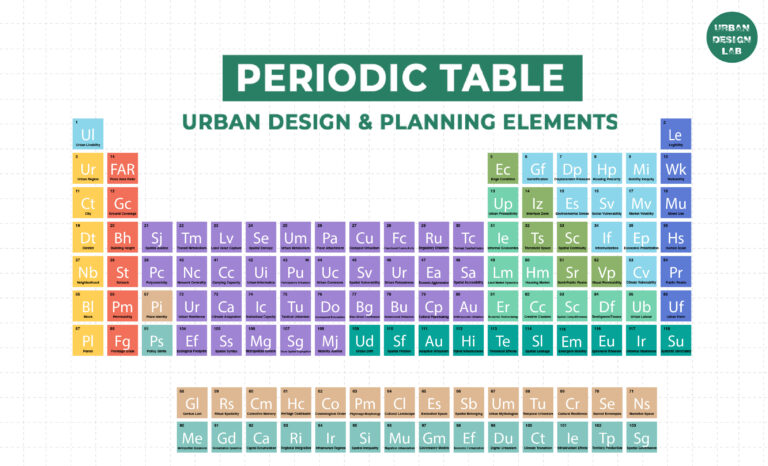
Periodic Table for Urban Design and Planning Elements
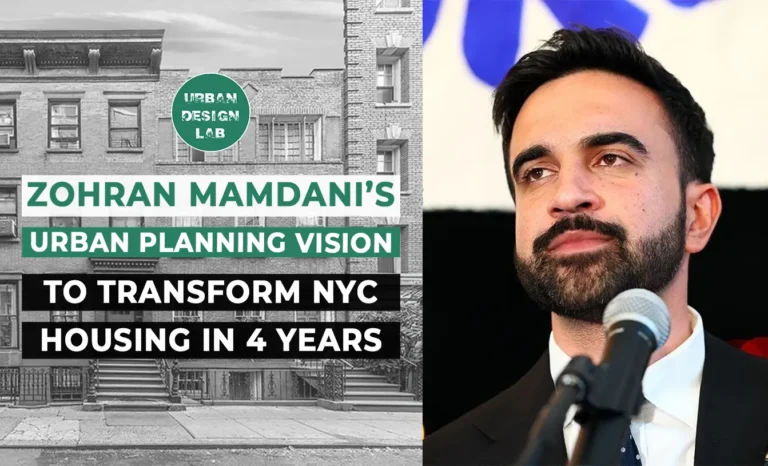
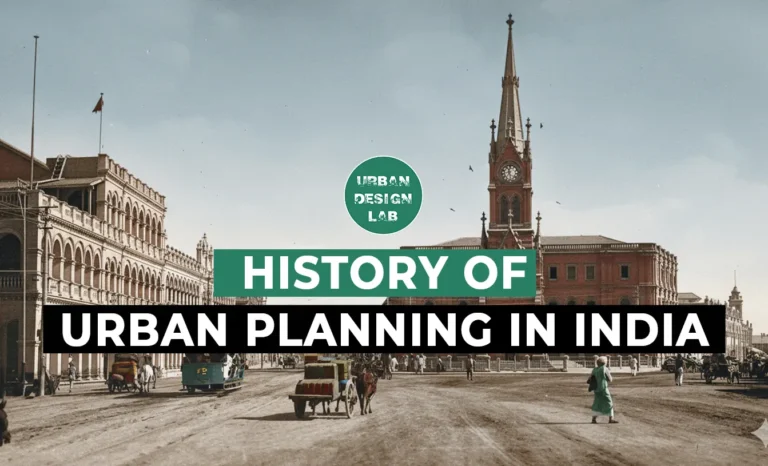
History of Urban Planning in India
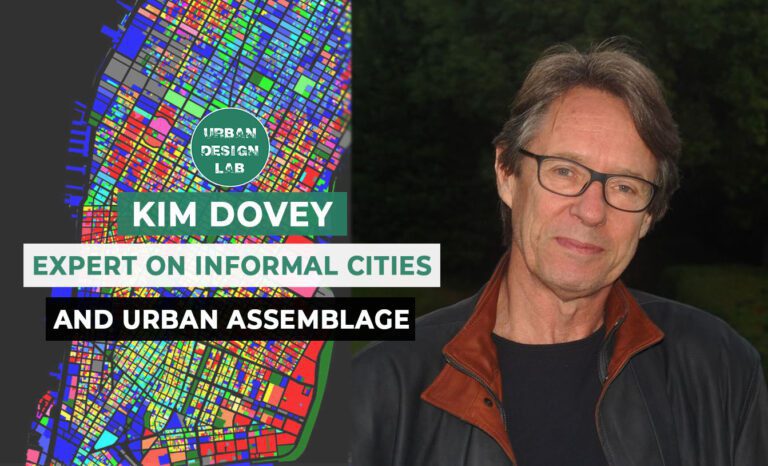
Kim Dovey: Leading Theories on Informal Cities and Urban Assemblage
UDL Illustrator
Masterclass
Visualising Urban and Architecture Diagrams
Session Dates
17th-18th January 2026

Urban Design Lab
Be the part of our Network
Stay updated on workshops, design tools, and calls for collaboration
Curating the best graduate thesis project globally!

Free E-Book
From thesis to Portfolio
A Guide to Convert Academic Work into a Professional Portfolio”
Recent Posts
- Article Posted:
- Article Posted:
- Article Posted:
- Article Posted:
- Article Posted:
- Article Posted:
- Article Posted:
- Article Posted:
- Article Posted:
- Article Posted:
- Article Posted:
- Article Posted:
- Article Posted:
- Article Posted:
Sign up for our Newsletter
“Let’s explore the new avenues of Urban environment together “



























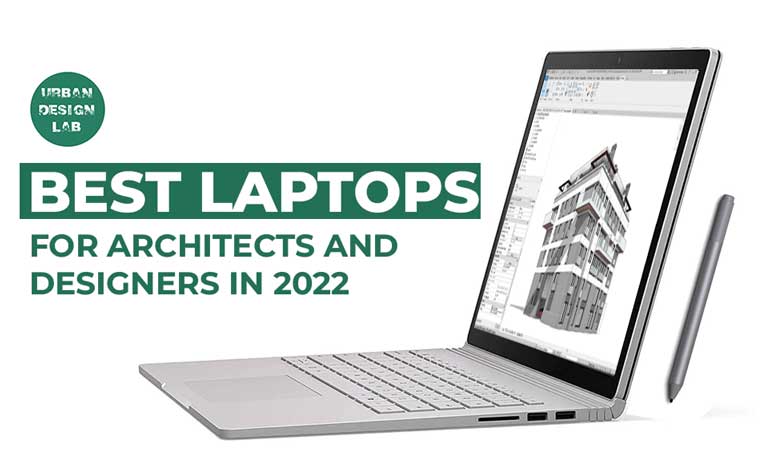
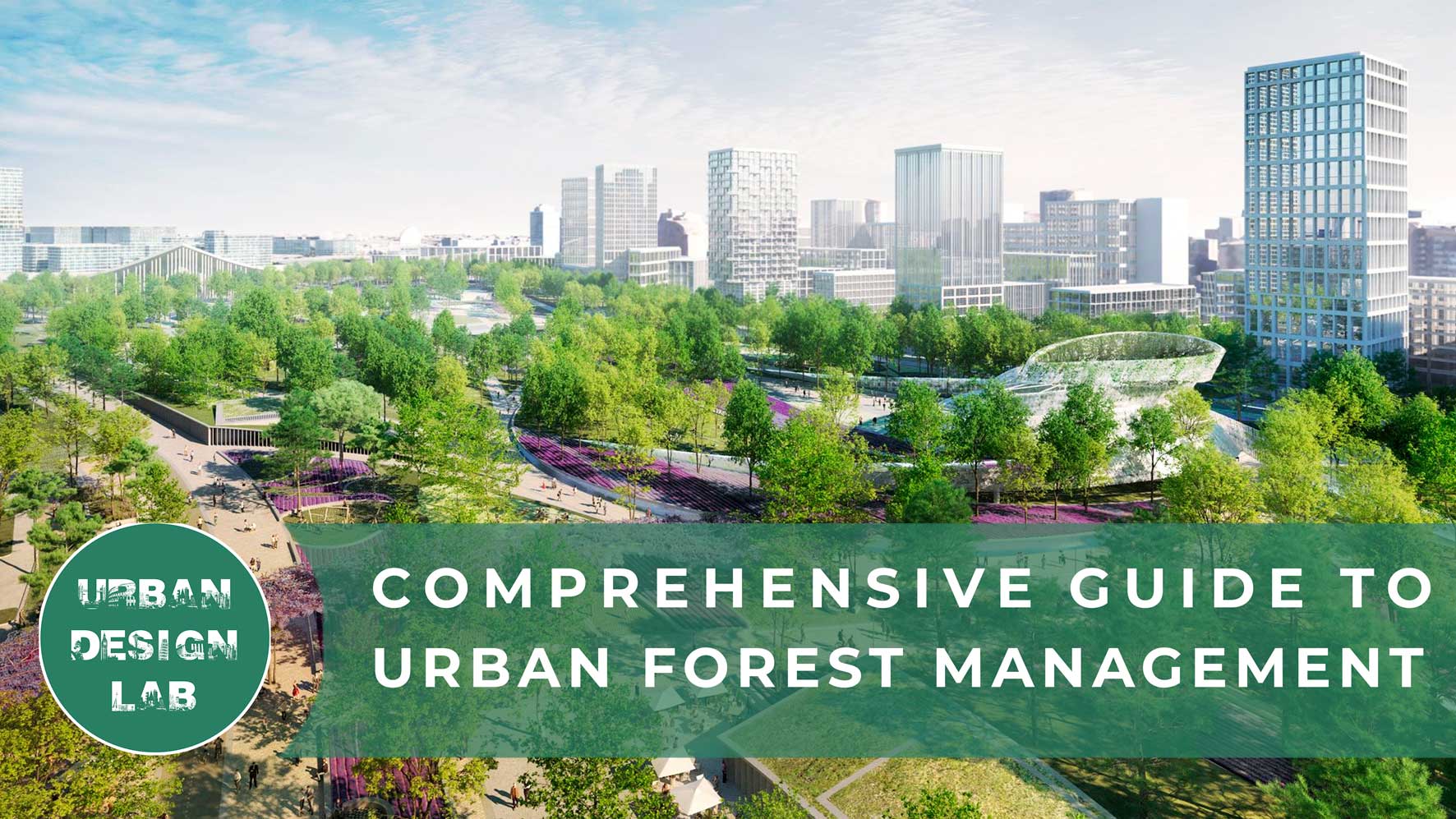


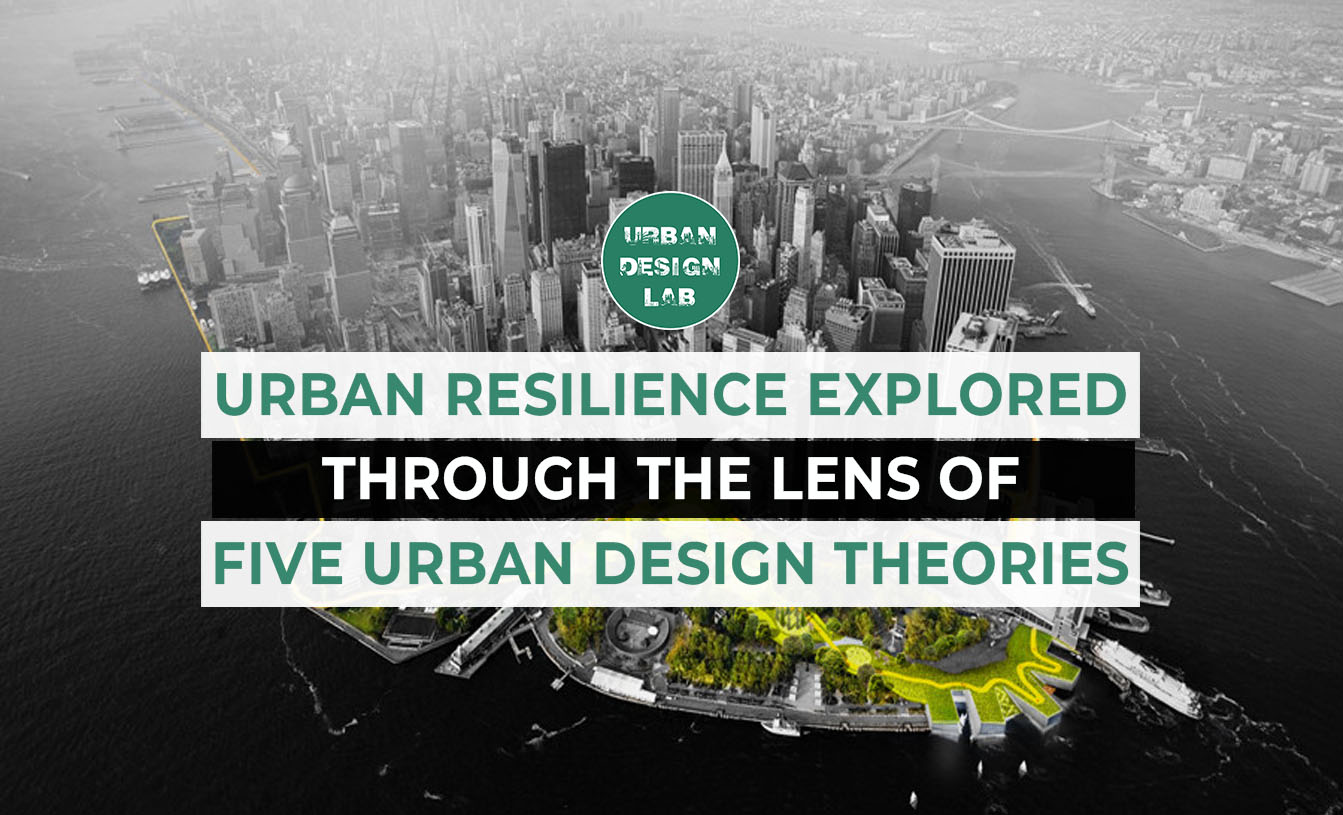


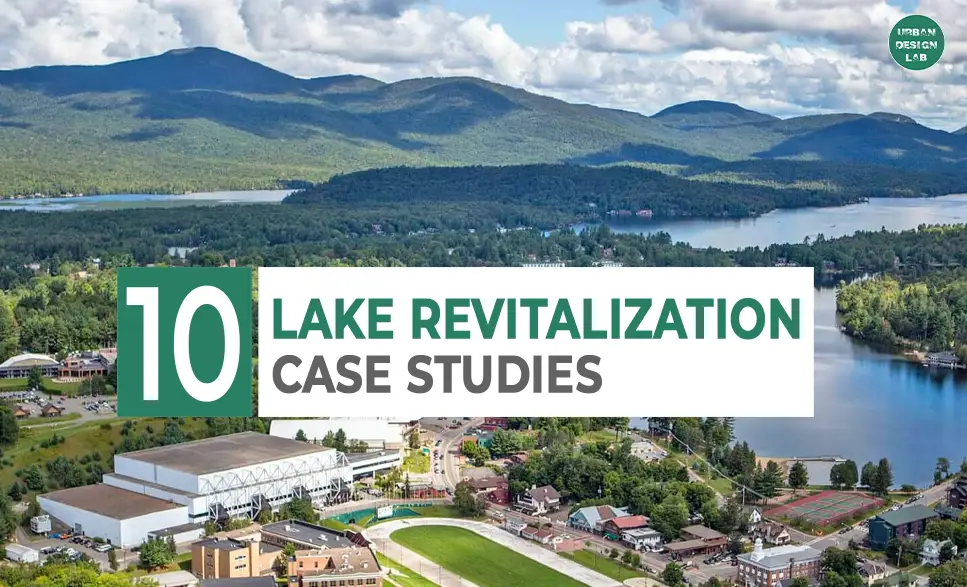
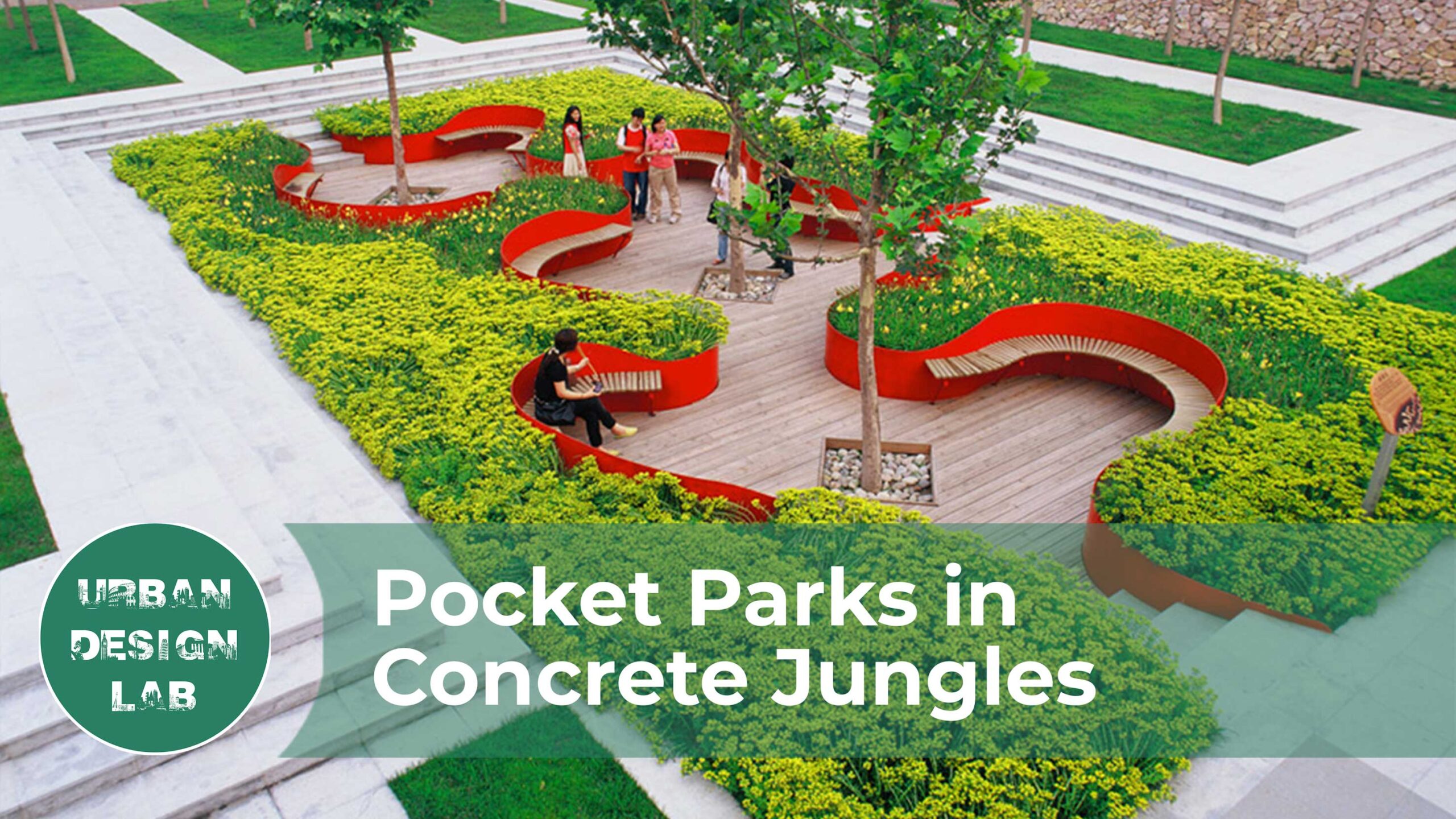


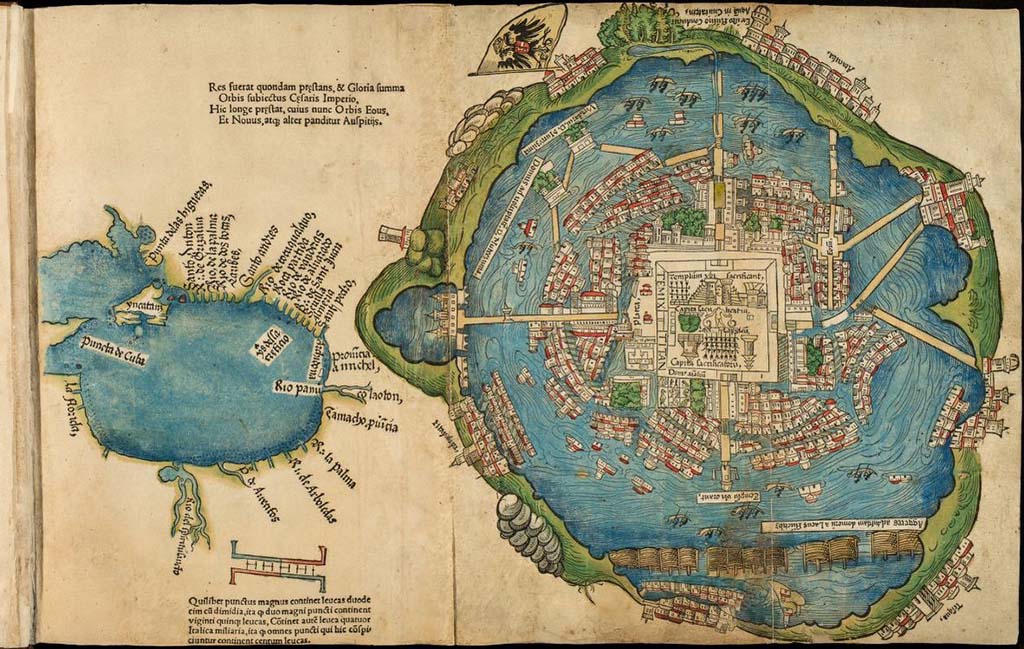
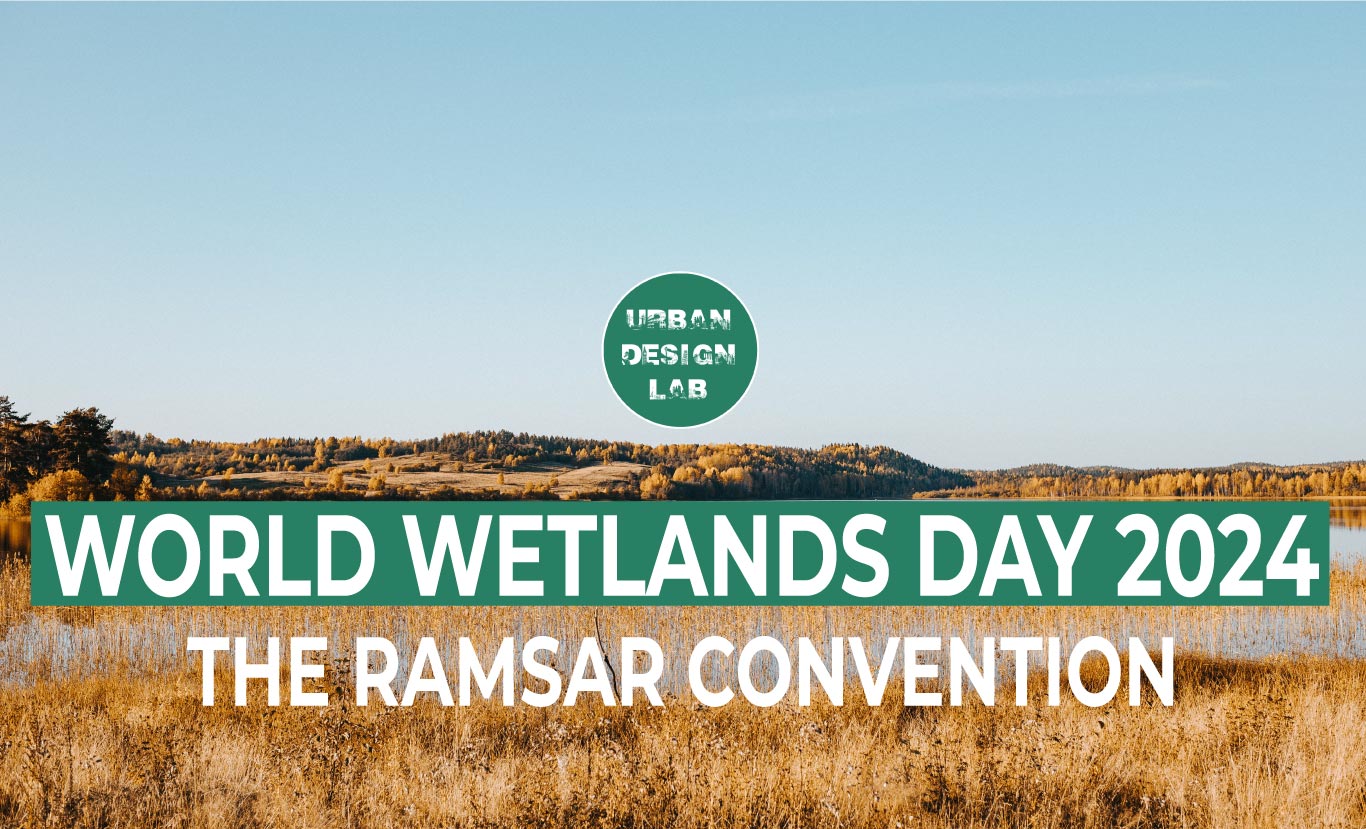
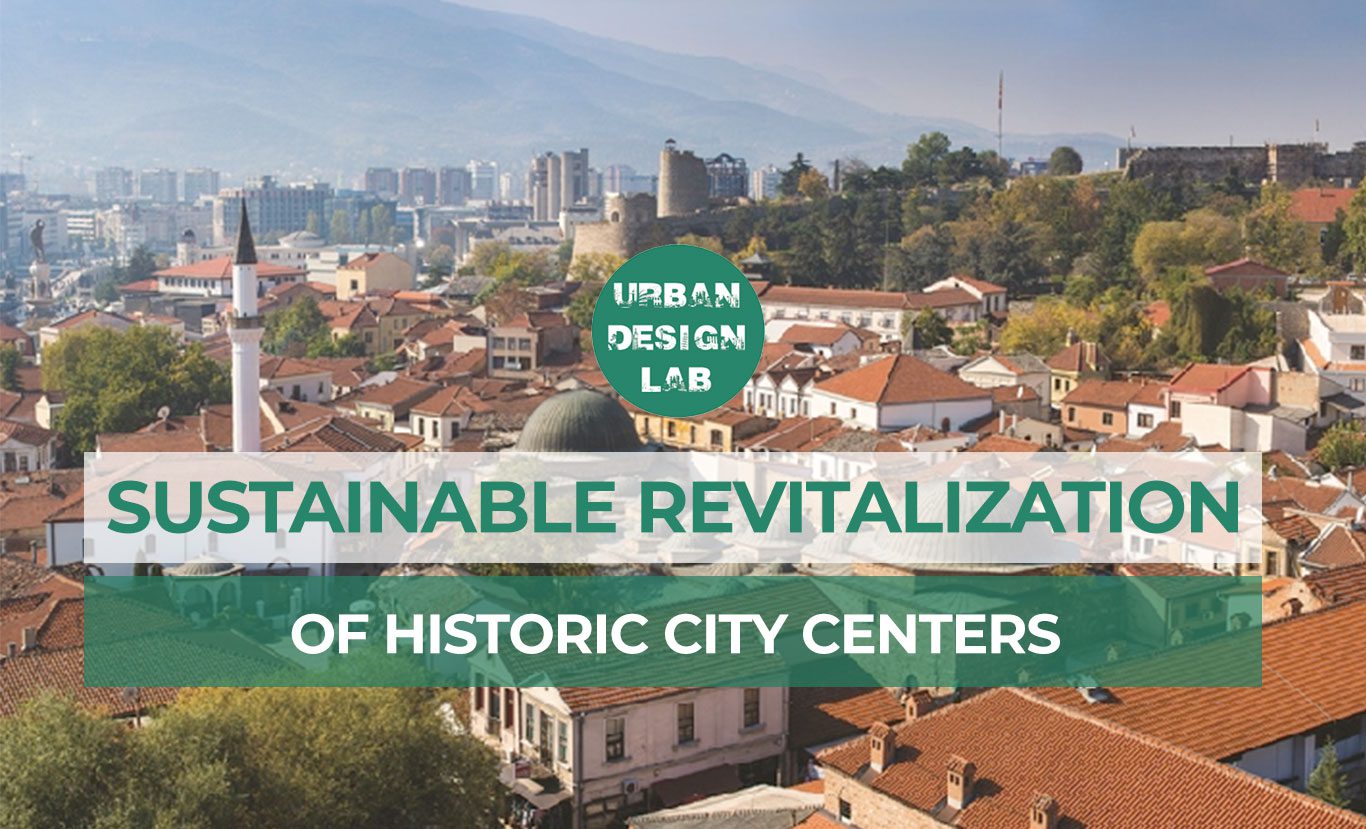



One Comment
good